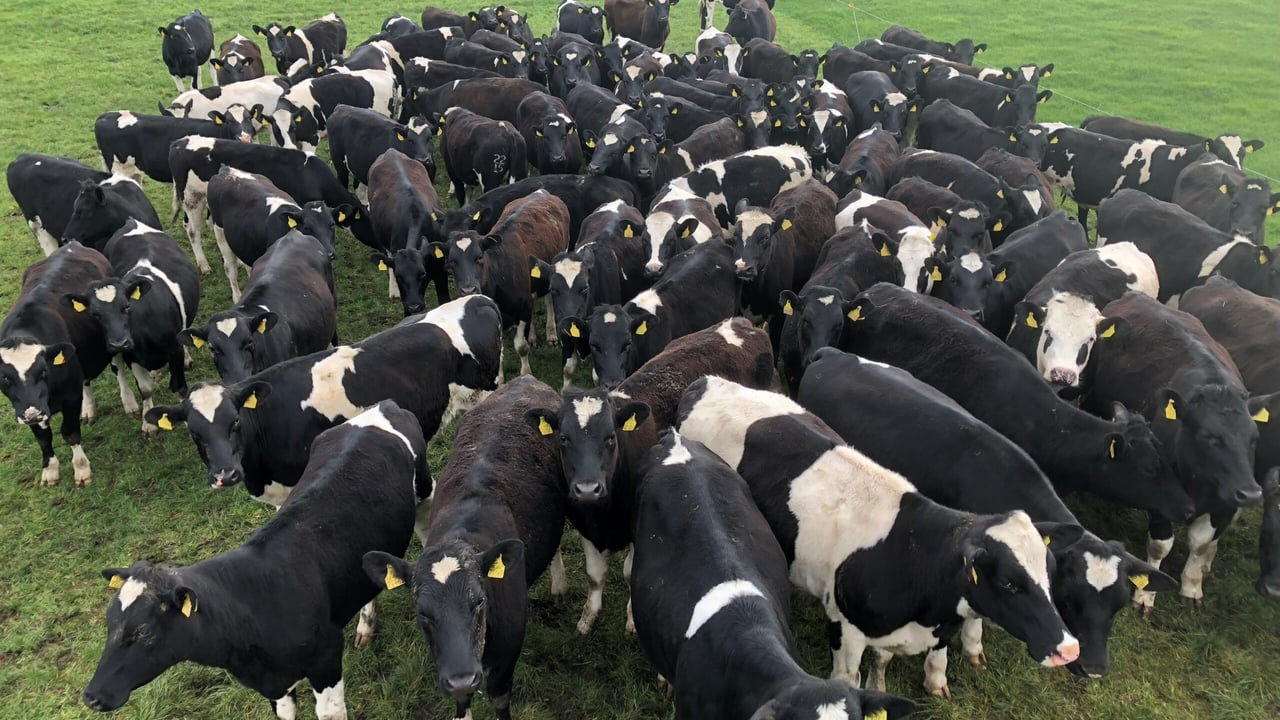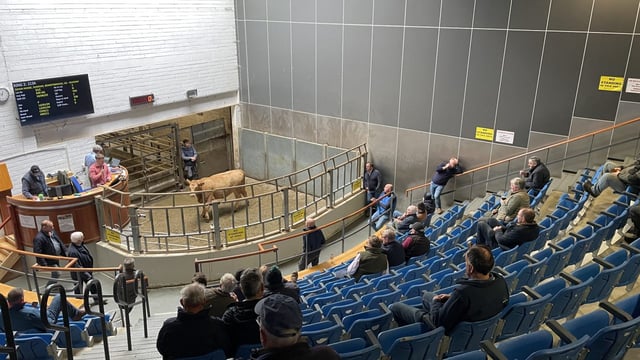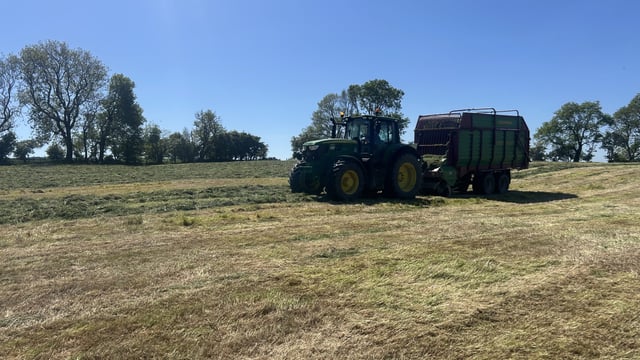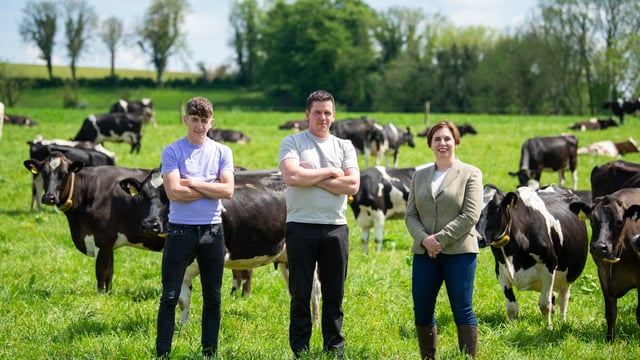How many replacement heifers do you need to breed on your farm?
In light of the Irish Cattle Breeding Federation's (ICBF's) statistics on the shortage of dairy replacement heifers being born on dairy farms, are farmers breeding enough heifers to suffice their replacement rate?
ICBF statistics for the first four months of 2025 show that there were about 45,000 fewer dairy replacement calves born when compared with the same period in 2024, and 60,000 fewer than 2023.
This data is alarming, as it may lead to a shortage of dairy stock in two years' time and subsequently a major drop in national milk supplies.
These ICBF figures would suggest that not only are heifer calves and first-calved heifers going to be in short supply in a couple of years, but that market and demand for heifers is likely going to accelerate upwards.
As we are now over three weeks into May, many farmers opt to pull the plug on dairy artificial insemination (AI) after the first round of submissions, but with this shortage incoming, they should possibly review the potential replacements coming in.
Farmers are encouraged to aim for at least an 18-20% replacement rate each year, with 9-10% replacing empty cows and another 9-10% replacing cows that were voluntarily culled.
However, for herds with somatic cell count (SCC) issues or performance issues such as low fertility or poor milk solids production, a target replacement rate of 25% may be required to allow for more culling.
In the last couple of years, through the use of sexed semen, farmers have only been breeding the number of replacement heifers that they need to reduce both costs and stocking rates.
On the contrary, farmers fear that carrying surplus heifers on farms leads to increased rearing costs, but with the potential demand for these heifer calves in two years' time, this should not be a concern.
If the target replacement rate is 18-20%, to ensure genetic gain year-on-year and allowing for losses up to breeding, carrying a 22-23% of the herd in heifers is a more appropriate target.
In my opinion, this is where many farmers are falling short as many are breeding the amount of heifers they need and not carrying any surplus to account for heifers not going in calf or calving down with mastitis, a blind quarter, or falling ill.
ICBF figures also show that only 78% of heifers calve down at the desired two years of age. This means that 22% of the heifer calves born do not make the parlour at the correct age, which needs to be factored into breeding plans.
On this data, if you want 20 replacements entering the parlour in a 100-cow herd, the number of heifer calves born on the farm needs to be 25.
If you are just using sexed semen, then you will need about two dairy sexed straws per heifer calf, so 25 x 2 = 50 sexed semen straws need to be used.
If conventional dairy AI is being used , you need to have at least four dairy straws per heifer calf, meaning would need 100 straws for the 25 replacement heifers to be born.
If you are using a combination of both, which is quite often the case, and using 40% sexed and 60% conventional, you would need 20 sexed dairy straws, because 25 heifer calves x 40% = 10 heifer calves from sexed straws and 10 x 2 = 20.
You would also need 60 conventional straws, as 25 heifer calves x 60% = 15 heifer calves from conventional inseminations and 15 x 4 = 60.
For herds with poor performance, the amount of straws will have to be adjusted, as these farms should aim to have a replacement rate of 25-30%.
In a 100-cow herd, up to 30 heifers coming into the parlour are needed and, with a 20% loss of heifers between birth and first milking, this means that 36 heifers need to be born.





